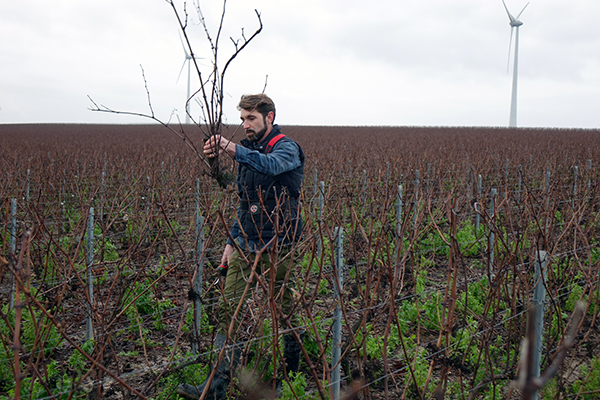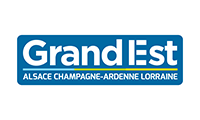
The Interreg North-West Europe Programme encourages transnational cooperation to make the region a key economic player and an attractive place to work and live, with high levels of innovation, sustainability and cohesion.
Report: kick-off event
With the presence of ValBiom, representing the ValBran consortium.
The AgriWasteValue kick-off event was held on Wednesday, December 11, 2019 in a Belgian vineyard, “Le Domaine du Chant d’Eole”, in presence of 60 people, most of them specialists of the different fields (cosmetics, nutraceutics, chemistry, energy and agriculture) concerned by the project.
On-trend and relevant research
The day started by a presentation of the project, by Clémence Rotolo and Cédric Peyrot, from AgroParisTech Innovation (France). The AgriWasteValue project is part of the Interreg North-West Europe programme, which is a European research programme fostering transnational cooperation to make Northwestern Europe a key economic player and an attractive place to work and live, with high levels of innovation, sustainability and cohesion. This project has for starting point the growing demand for consumers to return to more natural products, especially in cosmetics and nutraceuticals . These natural products are currently exported in Europe while a lot of biomass is actually available here, in North-West Europe! This is why 9 partners (AgroParisTech Innovation, Celabor, Cosmetic Valley, Delphy, EPFL, Eurasanté, PFI, University of Reims Champagne-Ardenne and ValBiom) from 5 countries (France, Belgium, Netherlands, Germany and Switzerland) are going to work together for 3.5 years (October 2018 – April 2022).
The AgriWasteValue project aims to transform agricultural by-products and residues from the European North-West regions into bioactive compounds in order to use them in key industrial sectors such as the cosmetic and nutraceutical fields, and then, in a second phase, in the energy, chemical and agricultural sectors.
How does it work exactly?
Steps:
- Production of bioactives via extraction
- Biochemical treatment (also called fermentation) transforming lignocellulosic fractions into biosolvents and biobased chemicals
- Production of biogas and fertilizer with the final residues
The final goal is to get to a new circular economy by using the woody part of the by-products and transforming it into new bioactive molecules. 3 different biomasses will be used for this research: vines (3 000 000 hectares in Europe), apple trees (470 000 ha) and pear trees (100 000 ha).






